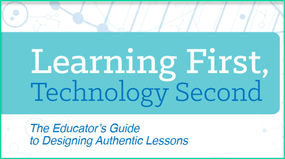
Kolb’s main argument is that for technology to be beneficial, it must focus on learning. She states, “It’s important to remember that instead of integrating technology to falsely engage or ‘drill and practice’ students, technology should be helping students meet learning goals in ways that they could not easily do without the tools” (p. 30). Throughout the book, Kolb uses her Triple E framework to discuss how technology can be used to accomplish this.
When Kolb talks about engagement, she focuses specifically on three components: (1) Social or Co-Use; (2) Active Learning; (3) Time-on-Task. Kolb argues that authentic engagement stems from these three areas, and when students are engaged in this way, the focus is more on the learning and less on the tool.
For enhancement, Kolb describes two central characteristics: (1) Scaffolding to reach higher order thinking; (2) Added value such as differentiation and personalization. When technology offers the possibilities for either of these options, student learning can be enhanced in ways that would otherwise be difficult or impossible with traditional methods.
Finally, for extension, Kolb discusses three characteristics: (1) Allows students to learn 24/7; (2) Bridges everyday experiences with school learning; (3) Focuses on soft skills. Kolb argues that that when technology can be used to support these three characteristics, teachers are able to create much more authentic, real-world learning experiences where students can better see the connections to their everyday lives.
Each of the chapters on engagement, enhancement, and extension also offers a collection of 10 classroom scenarios. These scenarios describe how teachers might use technology in the classroom and asks the reader to decide if and how they are meeting each of the E’s. I personally think these scenarios are highly beneficial and I plan on using many of them in the preservice technology courses I teach. Plus, each chapter contains a variety of recommend technology solutions that teachers can check out, most of which are free.
After discussing the Triple E Framework, Kolb moves on to provide 12 case study examples from the field, which was probably my favorite chapter in the book. These case studies span grade levels and subject areas and offer a wide exploration of different integration strategies that focus on best-practices as well as the Triple E framework. For any teacher looking for new ideas on how to integrate technology into their classroom, this chapter is an excellent resource. Even the case studies that may be outside of a teacher’s grade level or subject area still have tons of innovate ideas to offer.
The last two chapters of the book focus on specific instructional strategies that teachers can use in the classroom, and how to evaluate technology tools using the Triple E Framework. Both of these chapters are excellent in helping teachers explore what the Triple E Framework could look like in action, and how Kolb’s ideas can be applied in practice to use technology in support of learning.
The only thing I wish Kolb had added was a short discussion on classroom management. I realize this is probably outside the purview of the book, but the topic is so often overlooked, and there are definitely sections of the book where I feel like there is space for some brief and relevant classroom management discussions. Plus, I believe Kolb’s insight into potential classroom management solutions would be incredibly value as well, given her significant experience in the field.
One other incredibly minor point, is that some of the tools Kolb recommends as free (like Classkick) are actually freemium. Many of these tools start out as free and then EdTech companies later decide to add on paid options, so my guess is some just shifted or added options during publishing. But I know a lot of the teachers I work with get frustrated when something is pitched as free and then when they go to check it out, the features they actually want are part of a paid plan.
Overall though, Learning First, Technology Second is an exceptional book that does a wonderful job pairing big picture ideas with grounded, practical solutions. Kolb’s Triple E Framework is an excellent tool for helping teachers focus on using technology to support learning, and not just using technology for its own sake. She provides a highly beneficial collection of case studies, as well as practical suggestions for how her framework could look across all different grade levels and subject areas. For anyone interested in thinking more about how technology can be used to support learning, I absolutely recommend this book.

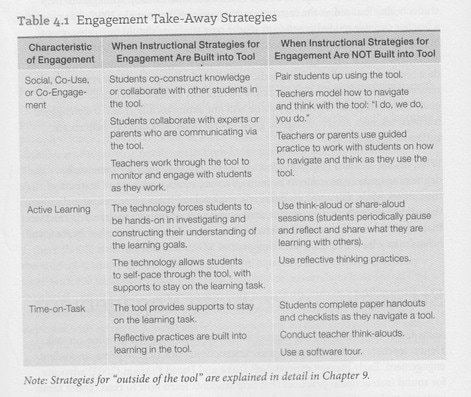
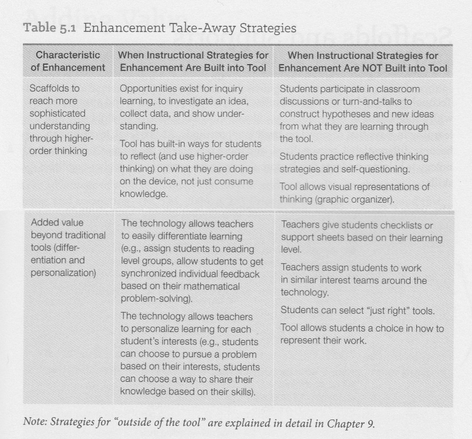
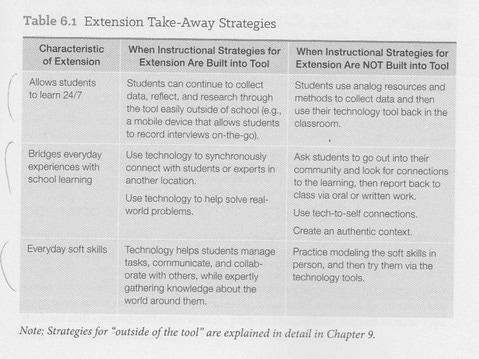


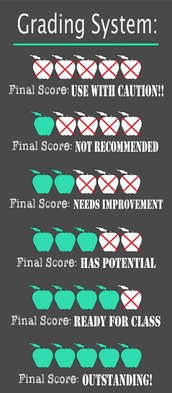



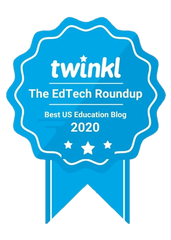
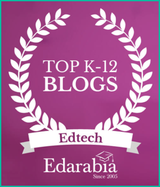
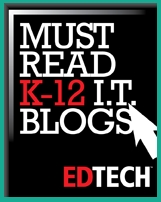
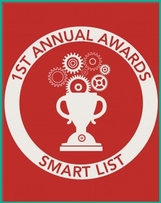
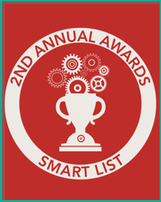


 RSS Feed
RSS Feed
